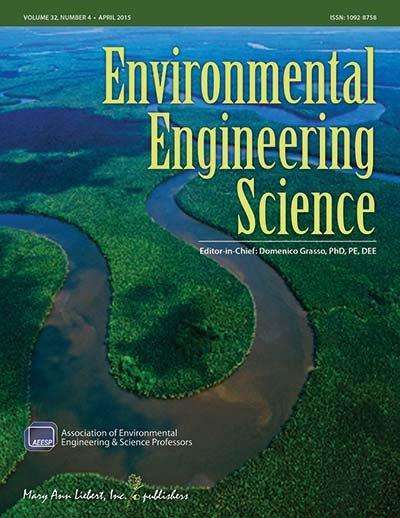Nanoparticles in consumer products can significantly alter normal gut microbiome

Exposure of a model human colon to metal oxide nanoparticles, at levels that could be present in foods, consumer goods, or treated drinking water, led to multiple, measurable differences in the normal microbial community that inhabits the human gut. The changes observed in microbial metabolism and the gut microenvironment with exposure to nanoparticles could have implications for overall human health, as discussed in an article published in Environmental Engineering Science.
Alicia Taylor, Ian Marcus, Risa Guysi, and Sharon Walker, University of California, Riverside, individually introduced three different nanoparticles—zinc oxide, cerium dioxide, and titanium dioxide—commonly used in products such as toothpastes, cosmetics, sunscreens, coatings, and paints, into a model of the human colon. The model colon mimics the normal gut environment and contains the microorganisms typically present in the human microbiome.
In the article "Metal Oxide Nanoparticles Induce Minimal Phenotypic Changes in a Model Colon Gut Microbiota" the researchers described changes in both specific characteristics of the microbial community and of the gut microenvironment after exposure to the nanoparticles.
"This article points to some potential consequences of using nanoparticles in common consumer products," says Domenico Grasso, PhD, Editor-in-Chief of Environmental Engineering Science and Provost, University of Delaware.
More information: The article is available free on the Environmental Engineering Science website until June 1, 2015.
Provided by Mary Ann Liebert, Inc


















